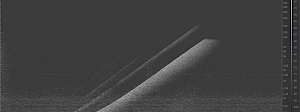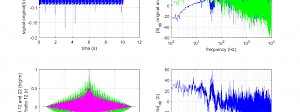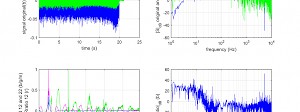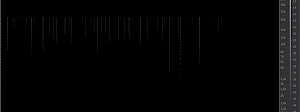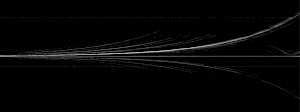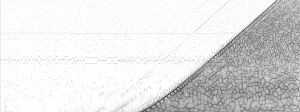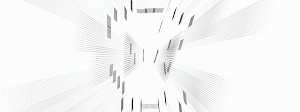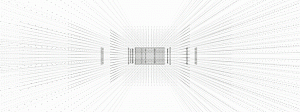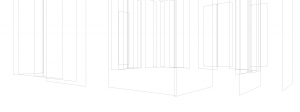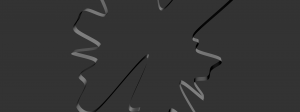Captures Christoph De Boeck Oct 2019 -
I want to explore and reassess technological frames that capture acoustic energy. Various techniques have been invented over the past century to represent the propagation and reflections of sound waves in space. Vector-based design tools and engineering software employ echometry, ray tracing, sound field modeling, auralisation and have replaced historical photographic methods such as schlieren technique or shadowgraphy. Many techniques are now used to create simulation models for architect-engineers in order to predict how sound will behave in a space to be built. Of these approaches, I want to explore both historical and contemporary methods.
Ultimately, I want to distil answers to the expectation of transparency in our handling of space. Today the absolute insight prevails. The most obscure spaces in pyramids or industrial heritage are highlighted through detection technology, geological rock layers and cavities are penetrated with ground radar. I myself have used ultrasonic NDT technology in projects to monitor the metastability of steel; I now want to assess the metastability of the exhibition space.

